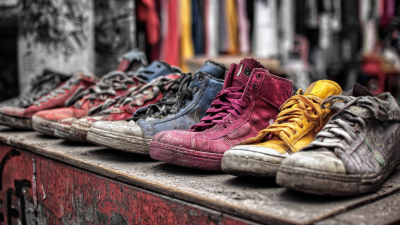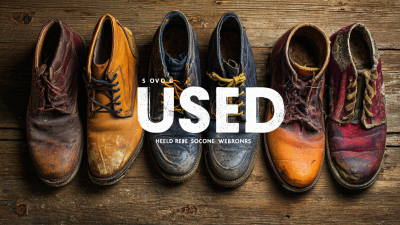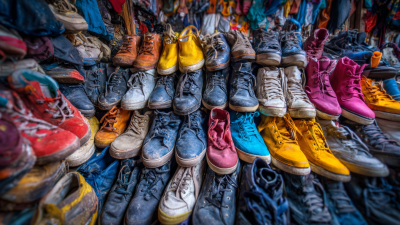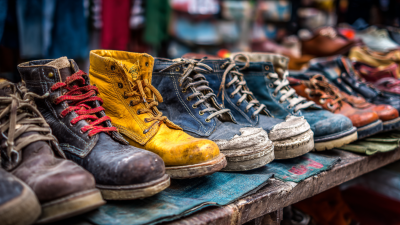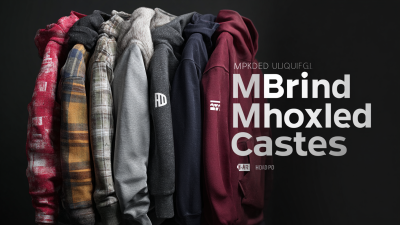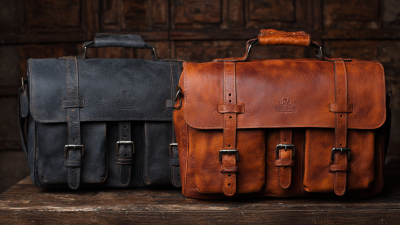Leave Your Message
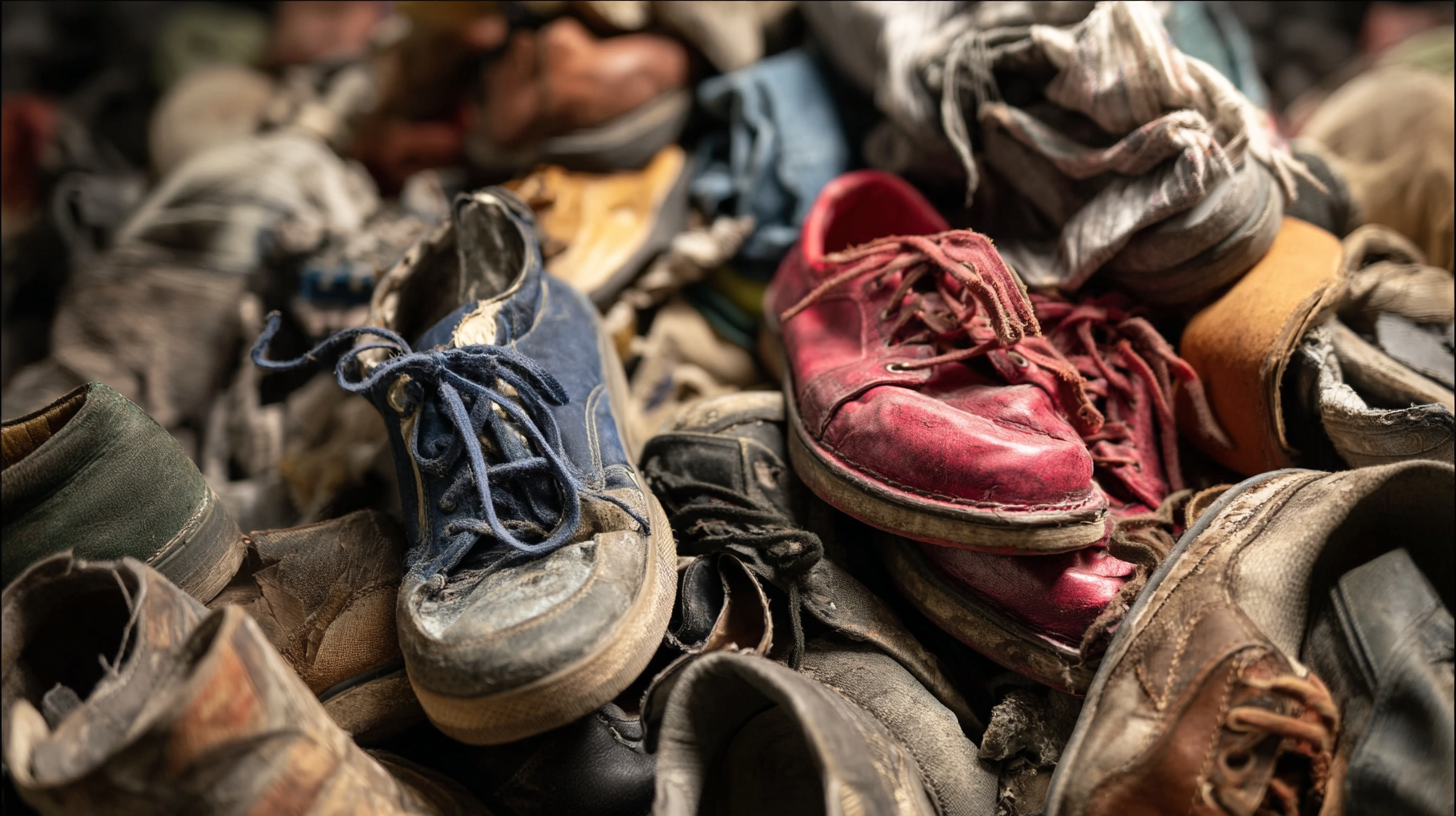 In recent years, the fashion industry has come under scrutiny for its significant environmental impact, prompting a shift towards more sustainable practices. According to the Ellen MacArthur Foundation, the fashion sector is responsible for over 92 million tons of waste each year, with a considerable portion attributed to discarded footwear. As consumers seek environmentally friendly options, the purchase of "Used Clothing Shoes" emerges as a compelling solution. A report from the Global Fashion Agenda highlights that extending the lifespan of clothing and shoes by just nine months can reduce carbon, water, and waste footprints by up to 20-30%. Embracing used shoes not only diverts waste from landfills but also supports a circular economy where resources are reused, creating a proactive pathway towards a greener future. Ultimately, choosing "Used Clothing Shoes" contributes to sustainability efforts while providing consumers with unique styles and affordability.
In recent years, the fashion industry has come under scrutiny for its significant environmental impact, prompting a shift towards more sustainable practices. According to the Ellen MacArthur Foundation, the fashion sector is responsible for over 92 million tons of waste each year, with a considerable portion attributed to discarded footwear. As consumers seek environmentally friendly options, the purchase of "Used Clothing Shoes" emerges as a compelling solution. A report from the Global Fashion Agenda highlights that extending the lifespan of clothing and shoes by just nine months can reduce carbon, water, and waste footprints by up to 20-30%. Embracing used shoes not only diverts waste from landfills but also supports a circular economy where resources are reused, creating a proactive pathway towards a greener future. Ultimately, choosing "Used Clothing Shoes" contributes to sustainability efforts while providing consumers with unique styles and affordability.
The fast fashion industry has become a significant contributor to environmental degradation, with the global market projected to reach $936.6 billion in 2022 and growing at a compound annual growth rate of 7.70% from 2023 to 2030. This growth has profound implications, as the average fast fashion garment is worn only seven times before being discarded. Such statistics highlight the unsustainable nature of this consumption pattern, emphasizing the urgent need to reassess our wardrobe choices.
The environmental impact of fast fashion is staggering. Production processes are often resource-intensive, leading to substantial water pollution and high levels of waste. The rise of synthetic fibers, which constitute a large portion of fast fashion lines, contributes to microplastic pollution in oceans and waterways. As the conversation around sustainability grows, it's crucial for individuals to consider alternatives, such as purchasing used clothing and shoes, which offer a more sustainable fashion choice and help mitigate the adverse effects associated with the fast fashion industry.
| Dimension | Used Clothing/Shoes | Fast Fashion |
|---|---|---|
| Greenhouse Gas Emissions (per item) | 1.5 kg CO2 | 27 kg CO2 |
| Water Usage (liters) | 800 liters | 7,500 liters |
| Landfill Waste (per item) | 0.2 kg | 6 kg |
| Chemical Use (pesticides, etc.) | Low | High |
| Job Creation (per 1000 items) | 1.6 jobs | 0.3 jobs |
Purchasing used clothing and shoes is an impactful choice for promoting sustainability. One of the primary benefits is the significant reduction in waste. The fashion industry is notorious for its contribution to landfill overflow, with millions of tons of clothing discarded each year. By opting for pre-owned items, not only are you giving a second life to these products, but you are also minimizing the demand for new manufacturing, which often exploits natural resources and generates pollution.
Another advantage of buying used items is the conservation of water and energy. The production of new clothes and shoes requires immense amounts of water and energy. When you choose to buy second-hand, you effectively lessen the environmental footprint associated with these resources.
Tips for Shopping Sustainably:
Thrift shopping has emerged as a powerful means of supporting local economies while simultaneously promoting sustainability. When consumers choose to purchase used clothing and shoes from thrift stores, they directly contribute to their community's financial health. These shops often rely on local donations, which keeps money circulating within the area and enhances the viability of small businesses. By shopping second-hand, individuals not only find unique and affordable fashion items but also play an essential role in fostering community engagement and economic resilience.
Moreover, the reduction of waste through thrift shopping cannot be understated. The fashion industry is one of the largest contributors to environmental degradation due to excessive waste and resource consumption. By opting for pre-owned clothing and shoes, consumers reduce demand for new production, which in turn minimizes the carbon footprint associated with manufacturing and shipping. Each purchase from a thrift store signifies a commitment to a more sustainable approach to fashion, demonstrating that conscious consumer choices can drive significant change in our world.
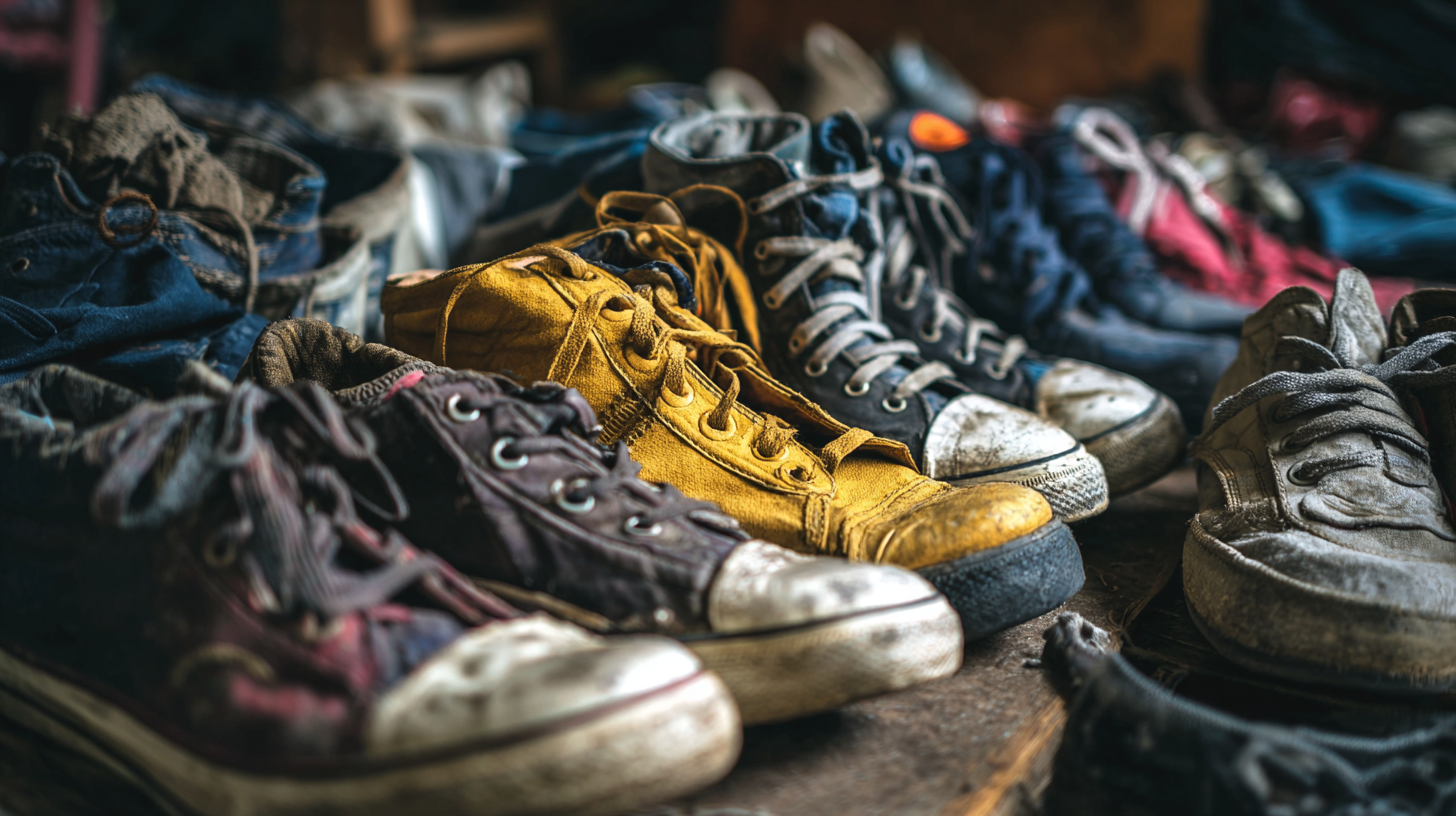
The fashion industry is one of the largest contributors to global waste, with the World Economic Forum estimating that nearly 92 million tons of textile waste are generated every year. Second-hand footwear plays a vital role in promoting circular fashion, which emphasizes the reuse and recycling of materials to extend their lifecycle. By purchasing pre-loved shoes, consumers can significantly reduce their carbon footprint and divert items from landfills. According to a report from ThredUp, buying used clothing and accessories can save over 50% of the carbon emissions associated with new production, underlining the substantial environmental benefits of choosing second-hand.
Furthermore, second-hand footwear not only reduces waste but also supports the circular economy by fostering sustainable consumption patterns. Data from the Ellen MacArthur Foundation highlights that the circular fashion model could generate $560 billion in economic benefits by 2030, primarily through increased efficiency and reduced costs in production processes. This shift towards purchasing pre-owned items encourages brands to adopt more sustainable practices and innovate in their production methods. As consumers become more conscious of their purchasing habits, the demand for second-hand shoes continues to grow, making it a critical component of a greener future.
Extending the life of used clothing and shoes is paramount in promoting sustainability and reducing waste. Proper care techniques, such as gentle wash conditions, can significantly impact the longevity of these items. According to industry reports, garments that are washed less frequently and at lower temperatures can last 50% longer, which not only benefits your wallet but also helps decrease the environmental footprint associated with clothing production and disposal.
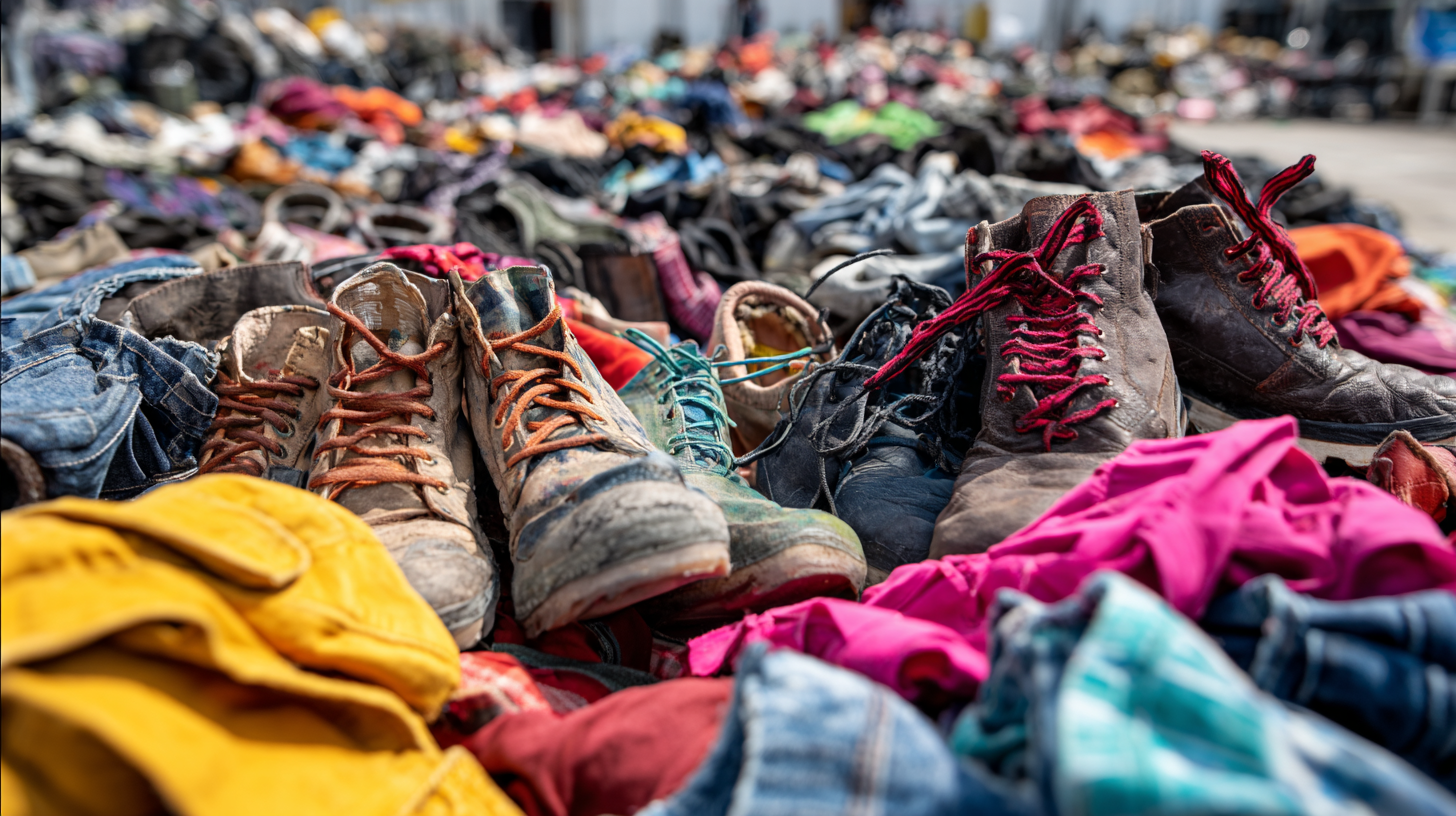
Brands are increasingly recognizing the importance of a circular economy, where repair and resale options are becoming mainstream. A study showed that extending the life of a garment by just nine months can reduce its carbon, water, and waste footprints by 20-30%. Initiatives like repair programs and resale platforms play a crucial role in this movement, encouraging consumers to rethink their shopping habits. By understanding clothing care labels and incorporating practices like proper storage and occasional mending, we can collectively champion a more sustainable approach to fashion, benefitting both the environment and our financial well-being.
